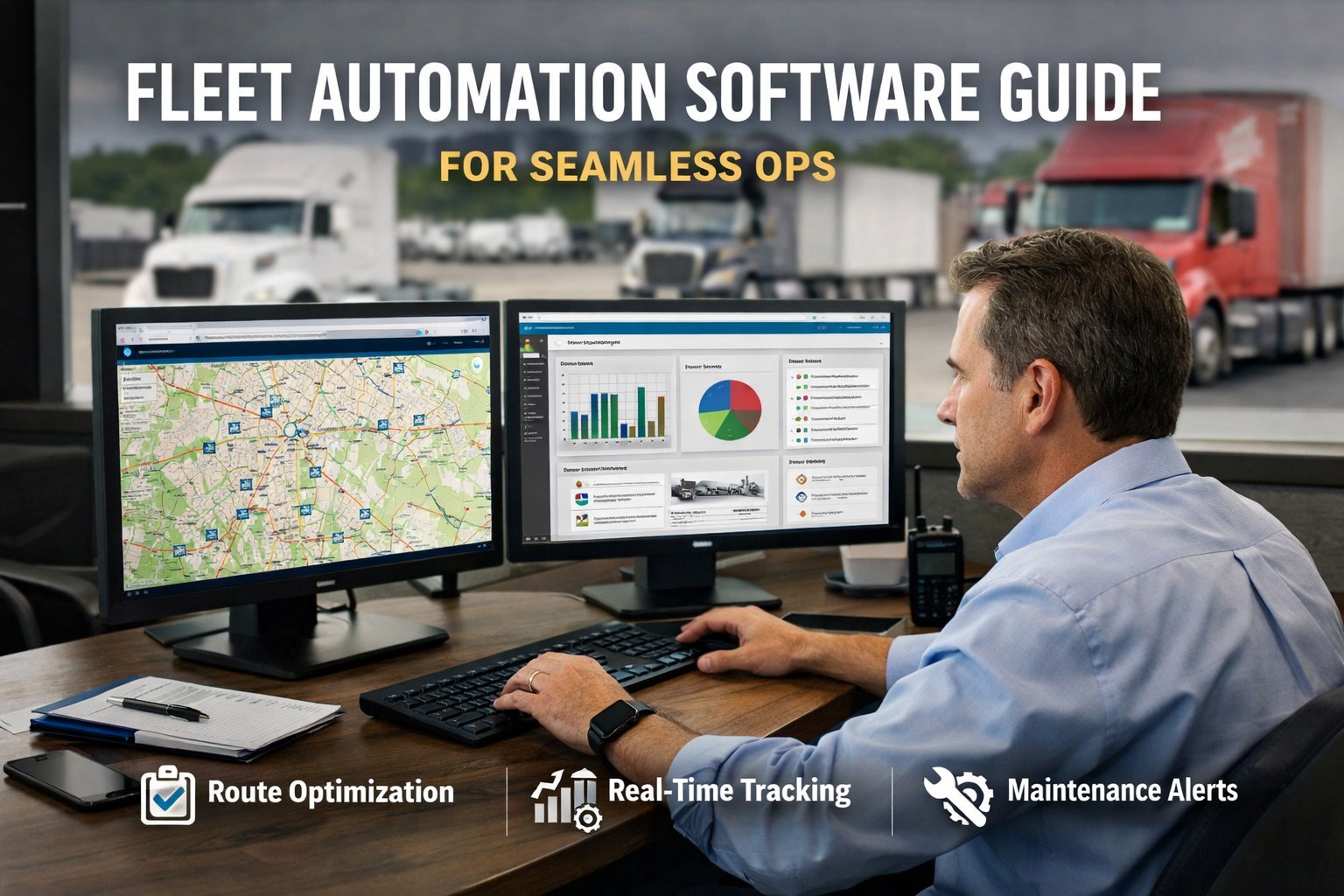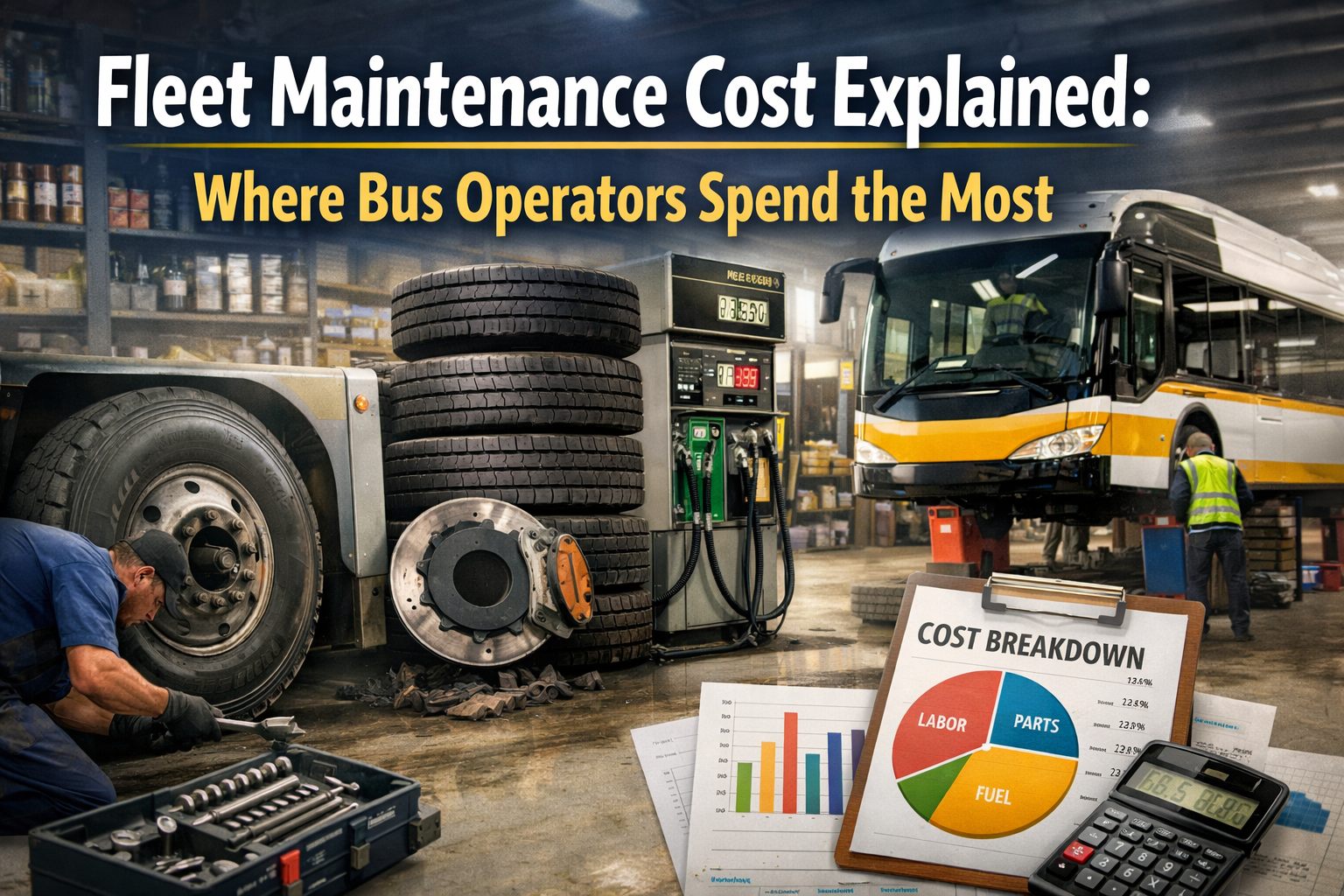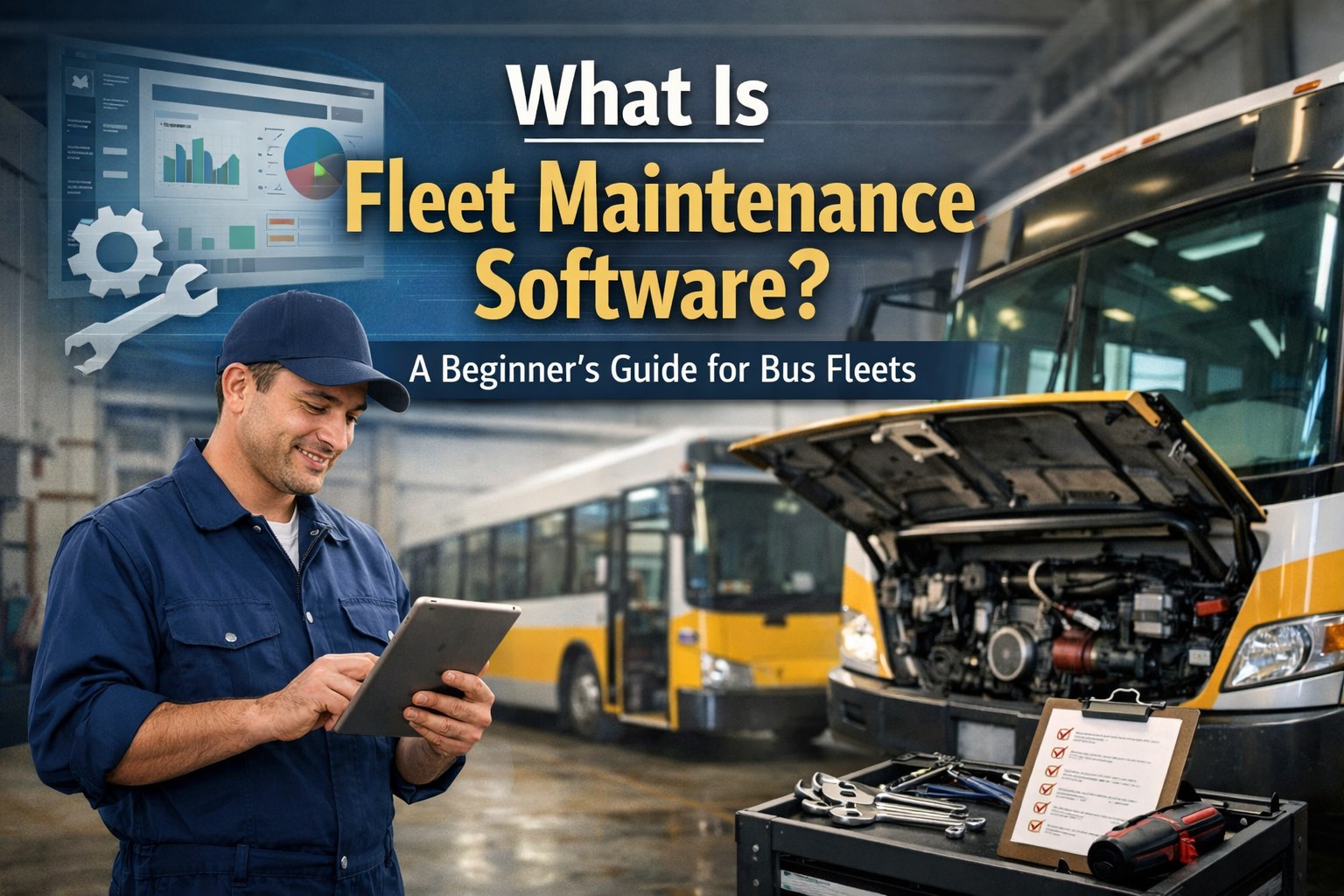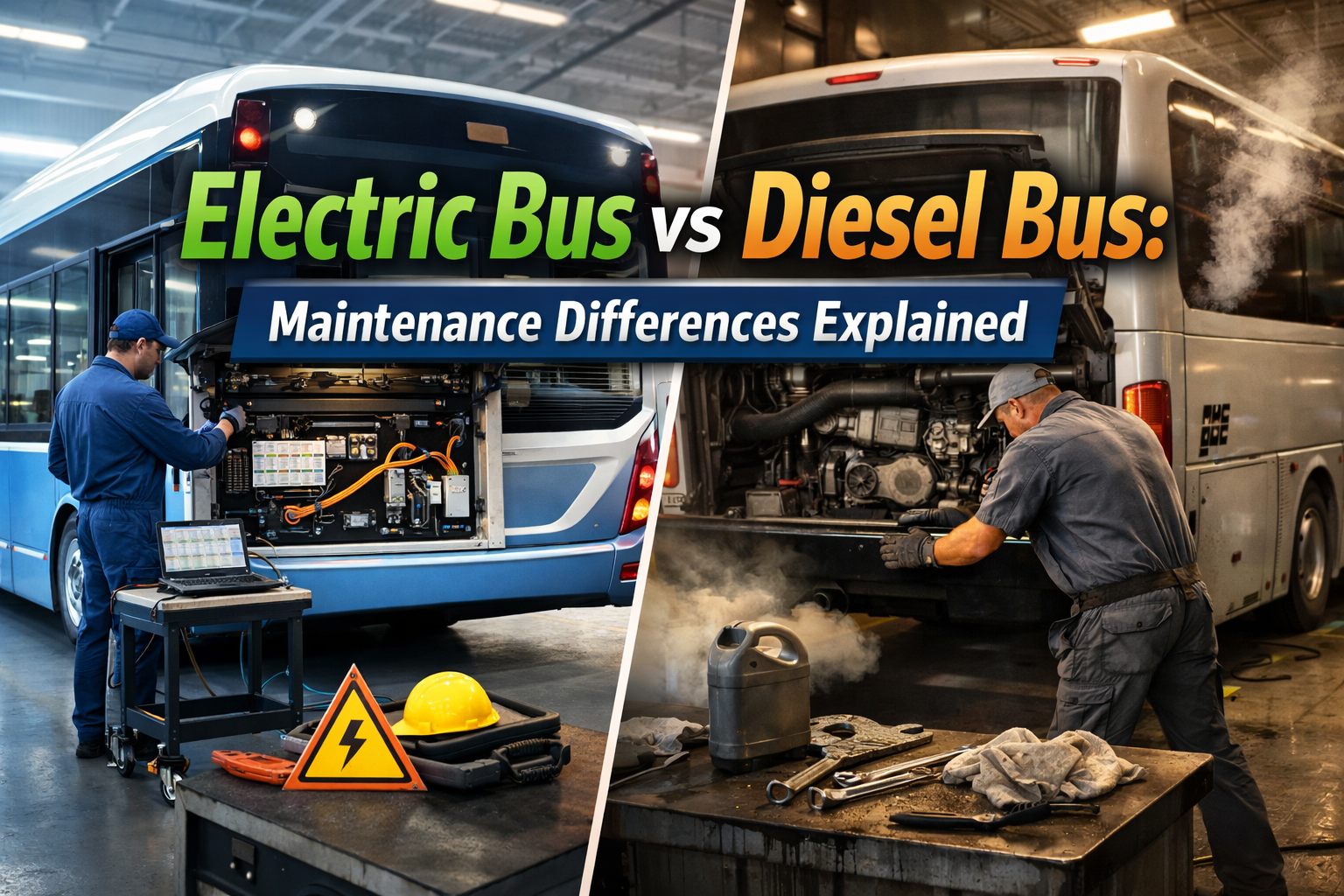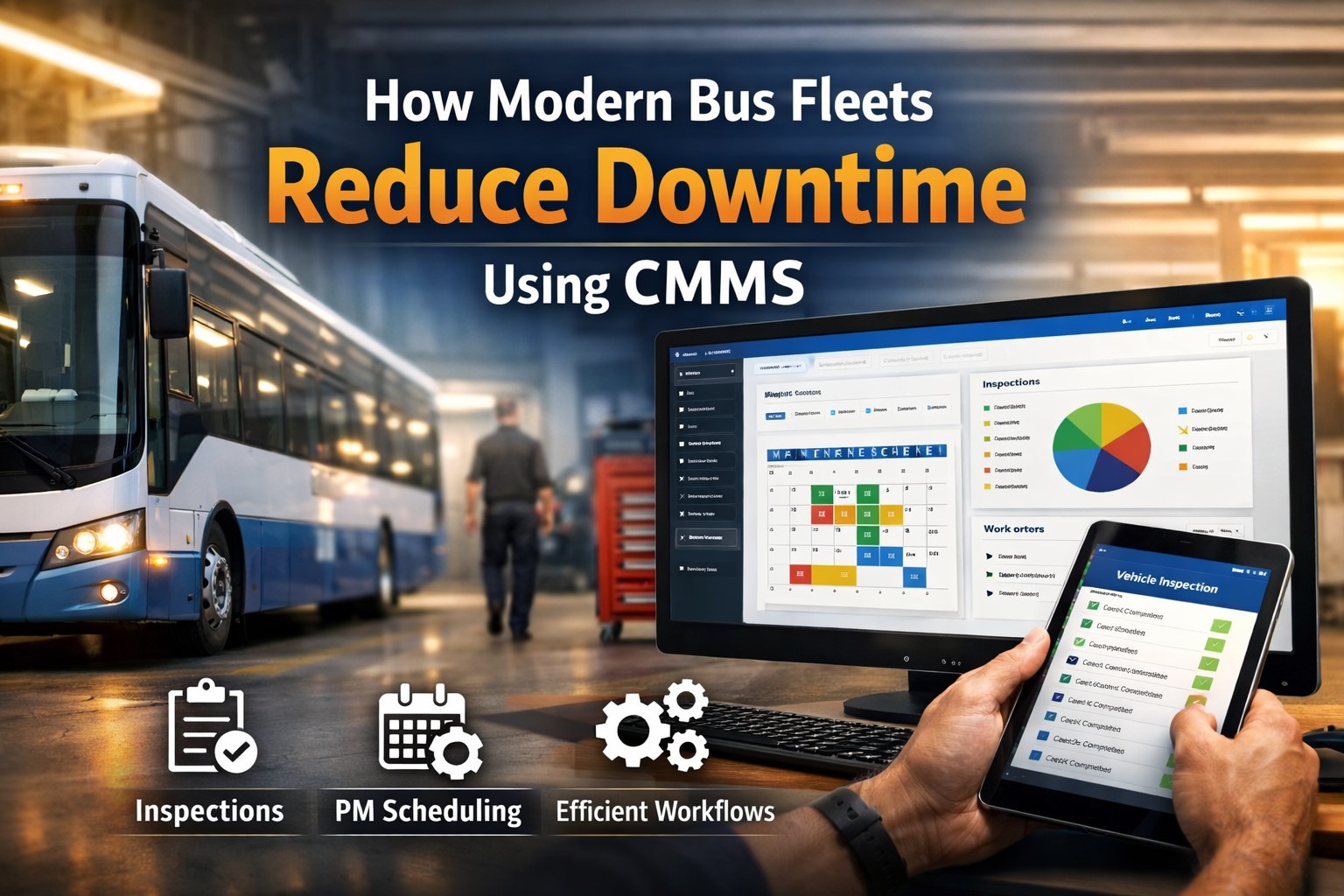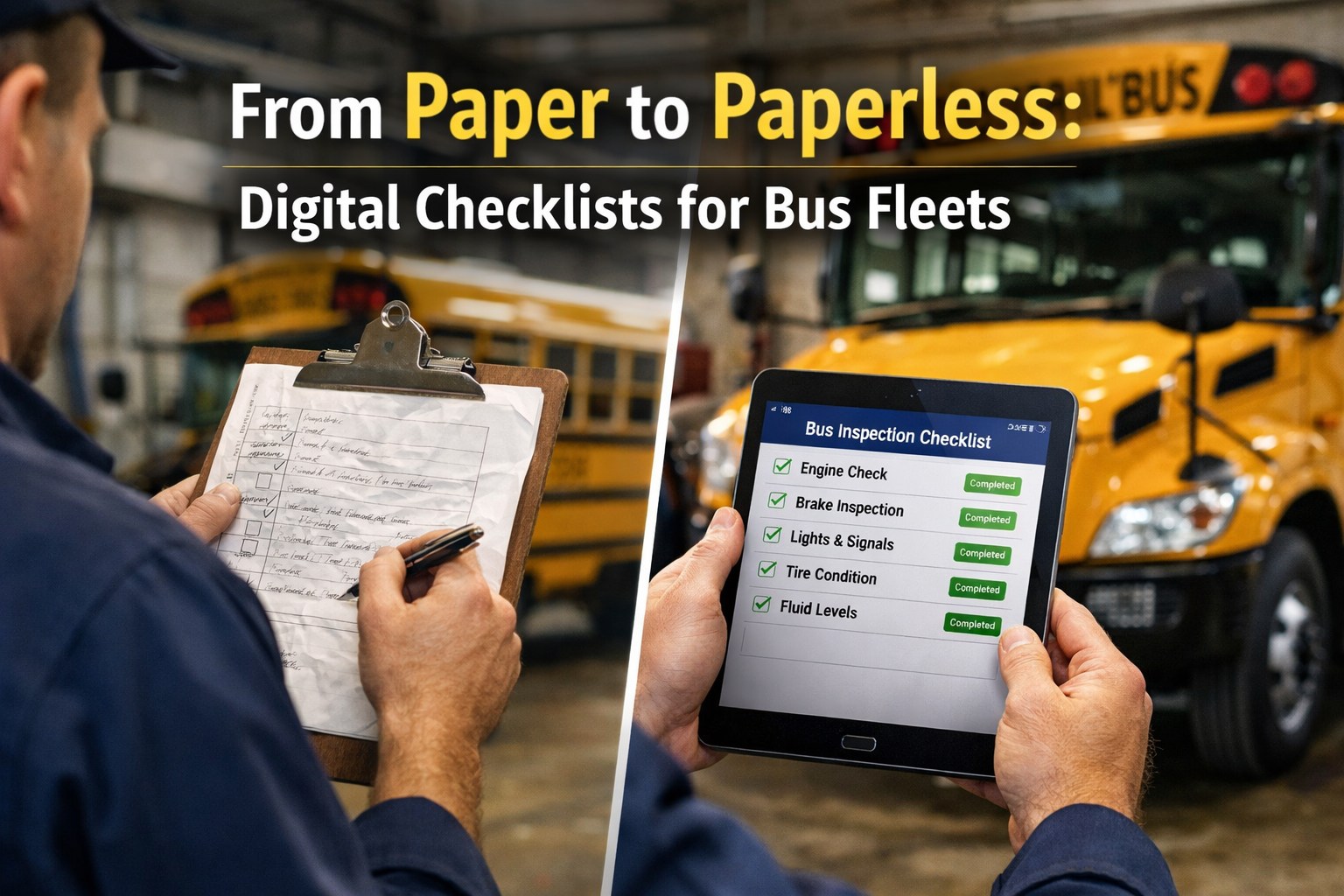In today's competitive manufacturing landscape, operational efficiency isn't just an advantage—it's essential for survival. US manufacturing professionals are increasingly turning to fleet automation software to streamline their operations, reduce costs, and maintain their competitive edge. This comprehensive guide will walk you through everything you need to know about implementing fleet automation solutions that deliver real results.
Manufacturing operations across the United States are under constant pressure to do more with less. Rising fuel costs, driver shortages, and increasing customer demands for faster delivery times have created a perfect storm that requires innovative solutions. Fleet automation software emerges as the answer, offering manufacturers the tools they need to optimize their vehicle fleets, improve workflow efficiency, and achieve seamless operations.
Ready to Transform Your Fleet Operations?
Join thousands of US manufacturers who have already streamlined their operations with our fleet automation platform.
Getting StartedBook a Demo
Understanding Fleet Automation Software Fundamentals
Fleet automation software represents a technological revolution in how manufacturing companies manage their vehicle operations. At its core, this software integrates various systems to create a unified platform that handles everything from vehicle tracking and maintenance scheduling to driver management and fuel optimization.
For US manufacturing professionals, understanding the fundamental components of fleet automation is crucial. The software typically includes GPS tracking capabilities, maintenance management modules, driver behavior monitoring, fuel management systems, and comprehensive reporting tools. These components work together to provide a complete picture of your fleet's performance while identifying opportunities for improvement.
The beauty of modern fleet automation lies in its ability to integrate with existing manufacturing systems. Whether you're running ERP software, inventory management systems, or production planning tools, today's fleet automation platforms can seamlessly connect with your current technology stack, creating a unified operational ecosystem.
Route Optimization: The Game-Changer for Manufacturing Efficiency
Route optimization stands as one of the most impactful features of fleet automation software for manufacturing operations. This technology goes far beyond simple GPS navigation, using advanced algorithms to analyze multiple variables and create the most efficient routes possible.
For manufacturing companies dealing with complex delivery schedules, raw material pickup routes, and multi-stop journeys, route optimization can transform operations. The software considers factors such as traffic patterns, vehicle capacity, driver hours of service, customer time windows, and even weather conditions to create optimal routing solutions.
- Dynamic Route Adjustment: Real-time traffic and condition monitoring allows for instant route modifications
- Multi-Vehicle Coordination: Optimize entire fleet movements rather than individual vehicle routes
- Load Optimization: Maximize vehicle capacity while maintaining delivery schedules
- Cost Analysis: Compare route options based on fuel consumption, time, and wear-and-tear costs
- Customer Satisfaction: Improved on-time delivery rates through more accurate ETAs
Manufacturing professionals who implement effective route optimization often report fuel savings of 10-20% and significant improvements in delivery reliability. These improvements directly impact the bottom line while enhancing customer relationships and operational efficiency.
Workflow Automation: Streamlining Manufacturing Fleet Operations
Workflow automation within fleet management represents a paradigm shift from reactive to proactive operations management. Instead of manually tracking vehicles, scheduling maintenance, and managing driver assignments, automation handles these tasks systematically and efficiently.
Modern fleet automation software creates intelligent workflows that adapt to your manufacturing operation's unique requirements. These automated processes can handle routine tasks such as maintenance scheduling based on mileage or engine hours, automatic dispatch assignments based on driver qualifications and proximity, and real-time alerts for exceptions or issues requiring immediate attention.
The integration of workflow automation with manufacturing schedules creates unprecedented operational efficiency. For example, the software can automatically coordinate vehicle maintenance windows with production downtime, ensuring that fleet availability aligns perfectly with manufacturing needs without disrupting critical operations.
Implementation Strategies for US Manufacturing Operations
Successfully implementing fleet automation software in a US manufacturing environment requires a strategic approach that considers both technological and human factors. The most successful implementations follow a phased approach that allows for gradual adaptation and continuous improvement.
Begin with a comprehensive assessment of your current fleet operations, identifying pain points, inefficiencies, and opportunities for improvement. This assessment should include input from drivers, dispatchers, maintenance personnel, and management to ensure all perspectives are considered in the implementation strategy.
- Phase 1: Basic tracking and monitoring implementation
- Phase 2: Route optimization and scheduling automation
- Phase 3: Advanced analytics and predictive maintenance
- Phase 4: Full integration with manufacturing systems
- Phase 5: Continuous optimization and expansion
Training and change management are critical components of successful implementation. US manufacturing workers value straightforward, practical solutions that make their jobs easier rather than more complicated. Focus on demonstrating immediate benefits and providing comprehensive training that builds confidence in the new system.
Measuring ROI and Continuous Improvement
Measuring the return on investment (ROI) of fleet automation software requires tracking both quantitative and qualitative metrics. US manufacturing operations benefit from establishing clear benchmarks before implementation and regularly monitoring progress against these benchmarks.
Key performance indicators should include fuel consumption reduction, maintenance cost savings, improved delivery times, reduced overtime costs, and enhanced safety metrics. Additionally, consider softer benefits such as improved driver satisfaction, better customer relationships, and enhanced operational visibility.
Continuous improvement should be built into your fleet automation strategy. Regular review of performance data, driver feedback, and operational challenges helps identify opportunities for further optimization. The most successful manufacturing operations treat fleet automation as an evolving system rather than a one-time implementation.
Start Your Fleet Automation Journey Today
Don't let inefficient fleet operations hold back your manufacturing success. Our platform is specifically designed for US manufacturing professionals who demand results.
Getting StartedBook a Demo
Conclusion: The Future of Manufacturing Fleet Operations
Fleet automation software represents more than just a technological upgrade—it's a strategic transformation that positions US manufacturing operations for long-term success. As supply chains become more complex and customer expectations continue to rise, automated fleet management becomes not just beneficial but essential.
The integration of route optimization, automated workflow processes, and comprehensive fleet management creates a competitive advantage that extends far beyond simple cost savings. Manufacturing operations that embrace these technologies today will be better positioned to adapt to future challenges and opportunities.
Success in implementing fleet automation requires commitment, proper planning, and the right technology partner. By focusing on practical benefits, comprehensive training, and continuous improvement, US manufacturing professionals can unlock the full potential of their fleet operations while building a foundation for sustained growth and success.
